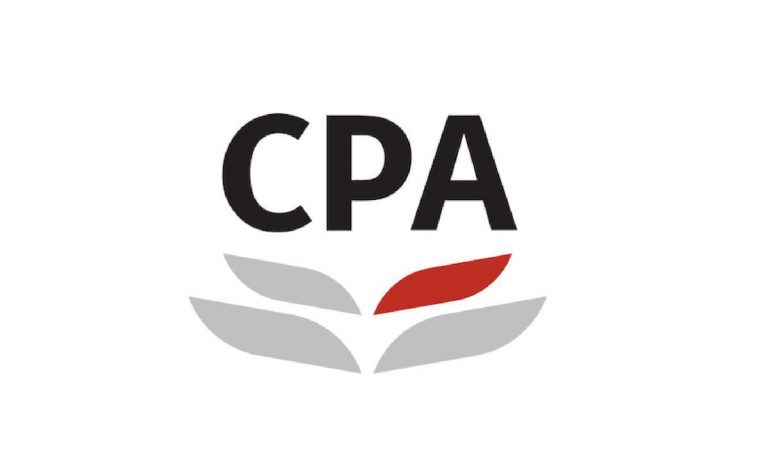Paul She CPA (practising), Practising Director, Mazars Hong Kong, and Chairman of the Institute’s Qualification and Examinations Board
Anyone can give advice. But just because someone spouts their opinion, doesn’t mean it’s the best advice for you.
Say your colleague is experiencing a stomach ache and you tell him/her to take antacid tablets. Though it may seem like a quick fix, it might not address the root cause of the problem. Therefore, it’s not easy to give correct advice. It’s even more challenging for us to give professional advice as a professional accountant.
I believe that seeking and giving advice is central to effective leadership and decision-making. Yet, managers seldom view them as practical skills they can learn and improve. Here are steps to take when providing valuable advice.
Firstly, start by gathering necessary information about the issues through questioning and listening. Use follow-up questions to deeply understand and identify the root cause and unique features of the issues. Avoid information overload, which can create a loss of focus. Try not to conclude a matter primarily based on the prima facie characteristics nor presume the root cause of certain similar issues would be the same. Going back to the example above, a stomach ache may not always be caused by too much acid inside of the stomach.
Secondly, remember that good communication is done by keeping the intended beneficiary in mind. Critically analyse the information gathered and formulate the tactics with your professional knowledge and experience. This process involves identifying key objectives, developing an appropriate overall strategy, prioritizing executable action plans, and, more importantly, integrating various advice into solutions to meet the expectations of the recipient.
Finally, one size does not fit all. Consider, select and adopt the most effective manner of communicating your proposed solutions by taking into account the personality of the recipient. Effective communication is best done with a caring, attentive and personal touch; some people may prefer to receive a proposed solution over coffee.
The above skill sets can be developed and strengthened throughout one’s professional journey. The Institute’s new Qualification Programme (QP), in particular the integrated Capstone workshop, puts a strong emphasis on developing and accessing higher-order enabling skills, such as problem identification and solving, critical and lateral thinking, and effective communication skills to equip the next generation with the ability to formulate and provide professional solutions.
“Consider, select and adopt the most effective manner of communicating your proposed solutions by taking into account the personality of the recipient.”
Michael Teh CPA, Head of Finance, Algorand Foundation
Learning how to correctly provide both positive and negative feedback in work and in life is important. Positive feedback shows appreciation, reinforces good behaviour and boosts confidence. Negative feedback helps to correct undesirable performance, creates opportunity for improvement and if given properly, can show that you care about someone’s improvement and development. When providing feedback, I focus most on 1) timing; 2) communication; and 3) way of delivery.
Timing. Providing feedback in a timely manner is important for both the one receiving it and the one providing it. On the receiving side, timely feedback can allow the individual to relate back to recent incidents and better reinforce the message. On the giving side, timely positive feedback can mean a timely return of a motivated individual. Even if you have to give negative feedback, providing it in a timely manner can prevent the reviewer in prolonging a negative impression towards an individual. But “timely” does not mean “instantly.” Rather than giving feedback right on the spot, which can be too informal, set up a meeting. This shows respect and provides an opportunity for a two-way conversation.
Communication. Providing feedback is a form of communication, which is supposed to be two-way, otherwise you are informing or instructing. It is always worthwhile to begin the conversation by listening. Provide an opportunity for the person to express what they have been going through lately. That individual might already be able to concisely talk about their own shortfalls before you highlight them, or indicate they are going through a tough time in life. The individual could also be underperforming due to a lack of clear instruction or limited visibility on the company’s goal and vision. Therefore, by listening first, you are able to provide better feedback.
Way of delivery. While delivering positive feedback is usually straightforward, providing negative feedback is an art. I adopt a mixed strategy between a “sandwich” approach and “direct transparent” approach, depending on the scenario. A “sandwich” approach is sandwiching negative feedback between a positive opening and ending. This opens up the recipients’ defense mechanism and enables them to be more receptive. Compliment their good work, add suggestions for improvement in the middle, and end it with some compliments and encouragement for continuous effort. However, this can sometimes lessen the importance of an urgent corrective action required from them. In cases where the individual is not delivering their duties and responsibilities up to their level, I would adopt a “direct transparent” approach. Make it clear and direct to them and make sure that they get the message.
“Begin the conversation by listening. Provide an opportunity for the person to express what they have been going through lately.”
Catherine Wong, Chief Development Officer, Chorev Consulting International Ltd.
Imagine someone gives you a bottle of 1985 Sassicaia red wine. You look it up on the Internet and find out that it is worth HK$25,000. But, you don’t drink wine. Would this gift be valuable to you?
Giving advice is similar to selecting a gift – the receiver needs to treasure and appreciate it.
Having been an executive coach and a consultant for years, giving advice is such a big part of my career. I always follow the T.H.I.N.K. model when formulating my advice, which helps to build up trust with people.
T – is my advice true? We are living in a post-modern world. Truth can be subjective, depending on context. Giving truthful advice goes beyond our own experience and has to keep up with wider change. The advisor, therefore, needs to be an avid learner, who is curious about both societal and industry developments.
H – is my advice helpful? Remember, giving advice is not about demonstrating your experience or knowledge. Giving helpful advice requires mental flexibility to appreciate how the receiver sees the world, and then provide relevant recommendations that are aligned with his or her values, and helpful to resolve the challenges or issues they are facing.
I – is my advice inspiring? In my early days as a consultant, I tended to give quick advice, believing I knew better than my clients. A lot of the time, people want a new perspective on approaching an issue, not a solution. This requires deep listening to understand what’s being said (and also what’s not said). This helps the advisor gain insights on the person’s perspective and goal, and for blind spots to be identified to help the person approach or solve the problem.
N – is my advice necessary? Advice is a bit like money. The more you print, the less valuable it becomes. I always assess how much advice my client can take at that specific moment. The “Adaptive Leadership” model, a leadership model that was introduced by Harvard Kennedy School professors Ronald Heifetz and Marty Linsky, states that you should give people change at a rate that they can accept – and this also holds true for giving advice. When giving advice, ask yourself if the audience is ready. If not, you can always save that for a more appropriate time.
K – is my advice kind? This calls for examining the intention of our advice, whether it is given with empathy and kindness to help the person or the organization to become better. Advice could satisfy all the above five dimensions, but if it is not given with the best intention, it is still not going to be valued by the receiver.
“Giving truthful advice goes beyond our own experience and has to keep up with wider change. The advisor, therefore, needs to be an avid learner.”

















